






Dear Readers,
As we embrace the crisp winter air and the promise of a new year, I’m filled with profound optimism about the transformative power of fresh starts. Our Winter 2025 issue of Breathe You Matter Magazine centers on “New Beginnings” – not just as a theme, but as a gentle reminder that every moment carries the potential for positive change.

In these pages, we explore what it truly means to reset without the pressure of traditional resolutions. Our feature article challenges the notion that transformation must begin on January 1st, offering instead a compassionate approach to personal growth that honors your own timeline and rhythm.
I’m particularly excited to share news about Schrank’s Clubhouse’s latest initiative in youth substance abuse prevention. This program represents our ongoing commitment to supporting young people during their most vulnerable years, providing them with the tools and community they need to make empowered choices.
As we delve into topics from playful stress relief to the art of listening, we’re highlighting how small shifts in perspective can lead to meaningful change. Our exploration of love languages and wellness reminds us that understanding ourselves and others is fundamental to both personal and collective healing.
The heart of this issue beats strongest in our coverage of Community Care Circles and peer support resources. These stories illuminate how connection and mutual support can transform lives, particularly in underserved communities. It’s a call to action that resonates deeply with our mission – the belief that everyone deserves access to wellness resources and support systems.
To our community stakeholders and partners, we extend an invitation to join us in making wellness accessible to all. Your involvement, whether through expertise, resources, or advocacy, can help bridge the gaps in mental health support and create lasting positive change in our communities.
As you turn these pages, I hope you’ll find inspiration in the diverse approaches to wellness we’ve gathered. From solo dance parties that shake off stress to innovative relaxation techniques, each article offers a pathway to better mental health that acknowledges our unique journeys.
Remember, new beginnings aren’t bound by calendar dates or grand gestures. They live in the small moments of choosing yourself, in reaching out to others, and in believing that every step forward, no matter how small, matters.
With hope and gratitude,
Gwen Schrank Editor-in-Chief
Breathe You Matter Magazine






At just 25 years old, Brittany is proving that determination and hard work can overcome any obstacle. As a single mother pursuing her dream of becoming a Registered Nurse at College of Sequoias in Visalia, California, she’s writing her own success story one semester at a time.
Despite the demanding schedule of working day shifts and attending evening classes while raising her children, Brittany has maintained exceptional academic performance in her nursing prerequisites. Her daily routine is a carefully orchestrated balance of work, night classes, and


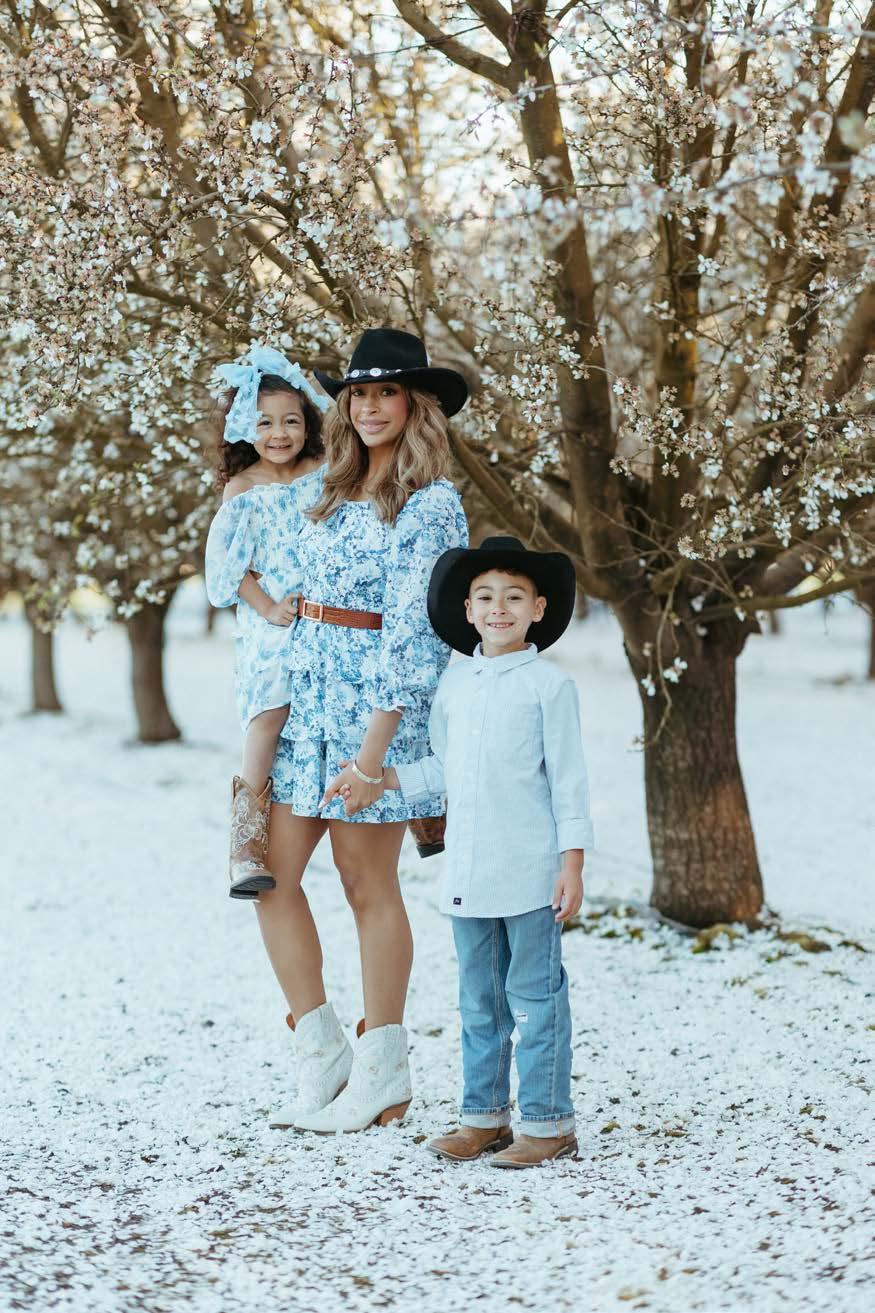
precious time with her children, yet she approaches each challenge with unwavering focus on her goal.
“The journey hasn’t been easy,” Brittany admits, “but knowing that I’m building a better future for my children keeps me going.” Her outstanding grades at College of Sequoias reflect not just her academic abilities, but also her remarkable commitment to excellence in the face of challenging circumstances.
As she progresses through her nursing program, Brittany’s story serves as an inspiration to other single parents considering career changes. Her journey shows that with dedication and perseverance, new beginnings are possible at any stage of life.




Taken By: Lippincott Photography

https://rosalippincottphotography.mypixieset.com


Why Advertise With Us?
We Are The Only Peer Support Magazine In California. 80% of Readers Are Looking For Help and Resources.








“A Gentle Approach To New Year Wellness”
As January approaches, the familiar pressure to transform ourselves through ambitious New Year’s resolutions begins to mount. Yet studies consistently show that approximately 80% of these traditional resolutions fail by February. Perhaps it’s time to consider a more sustainable approach to personal growth—one that emphasizes gentle progress over dramatic promises.
Traditional resolutions often set us up for disappointment. They typically demand immediate, dramatic changes to longestablished habits, creating unrealistic expectations that can lead to feelings of failure when we inevitably stumble.

This all-or-nothing mindset can actually hinder our progress toward meaningful change.
Instead of viewing January 1st as a deadline for complete transformation, we can see it as an invitation to reset—an opportunity to mindfully evaluate our current habits and gradually introduce positive changes that align with our values and wellbeing.
Consider the power of microadjustments—small, manageable changes that can be consistently maintained over time. Rather than pledging to exercise for an hour every day, you might start with a five-minute morning stretch routine. Instead of completely overhauling your diet, try adding one extra serving of vegetables to your daily meals.
These subtle shifts might seem insignificant at first, but they carry two significant advantages: they’re sustainable, and they build momentum. When we succeed at small changes, we develop confidence and motivation to tackle larger ones.
Central to this gentler approach is the practice of self-compassion. Understanding that growth is rarely linear helps us maintain perspective when we encounter setbacks. Rather than viewing occasional missteps as failures, we can see them as valuable feedback that helps us adjust our approach.
To implement this gentler approach to wellness, consider these strategies:
Listen to Your Body: Pay attention to how different activities and habits make you feel, both physically and emotionally. This awareness can guide you toward changes that genuinely serve your well-being.
Focus on Addition, Not Subtraction: Instead of focusing on what you want to eliminate from your life, consider what you’d like to add. This might mean more rest, more time in nature, or more meaningful connections with others.
Celebrate Small Wins: Acknowledge and appreciate your progress, no matter how modest it might seem. Each small step forward contributes to lasting change.
Build Flexible Systems: Create simple systems that support your desired changes while allowing for flexibility. This might mean keeping healthy snacks easily accessible or setting out exercise clothes the night before, while accepting that some days will look different than others.
Regular reflection can help you stay connected to your wellness journey without the pressure of rigid goals. Consider keeping a simple journal to track how you feel and what you notice as you implement changes. This practice can help you identify patterns and adjust your approach as needed.

As we enter the new year, remember that meaningful change doesn’t require dramatic declarations or extreme measures. By adopting a gentler, more sustainable approach to wellness, we can create lasting positive changes that enhance our lives throughout the year and beyond.
The most powerful transformations often happen gradually, through consistent small actions aligned with our values and well-being. By releasing the pressure of traditional resolutions and embracing a more compassionate approach to personal growth, we can create sustainable changes that truly serve us in the long term.





https://larecoveryconnect.org

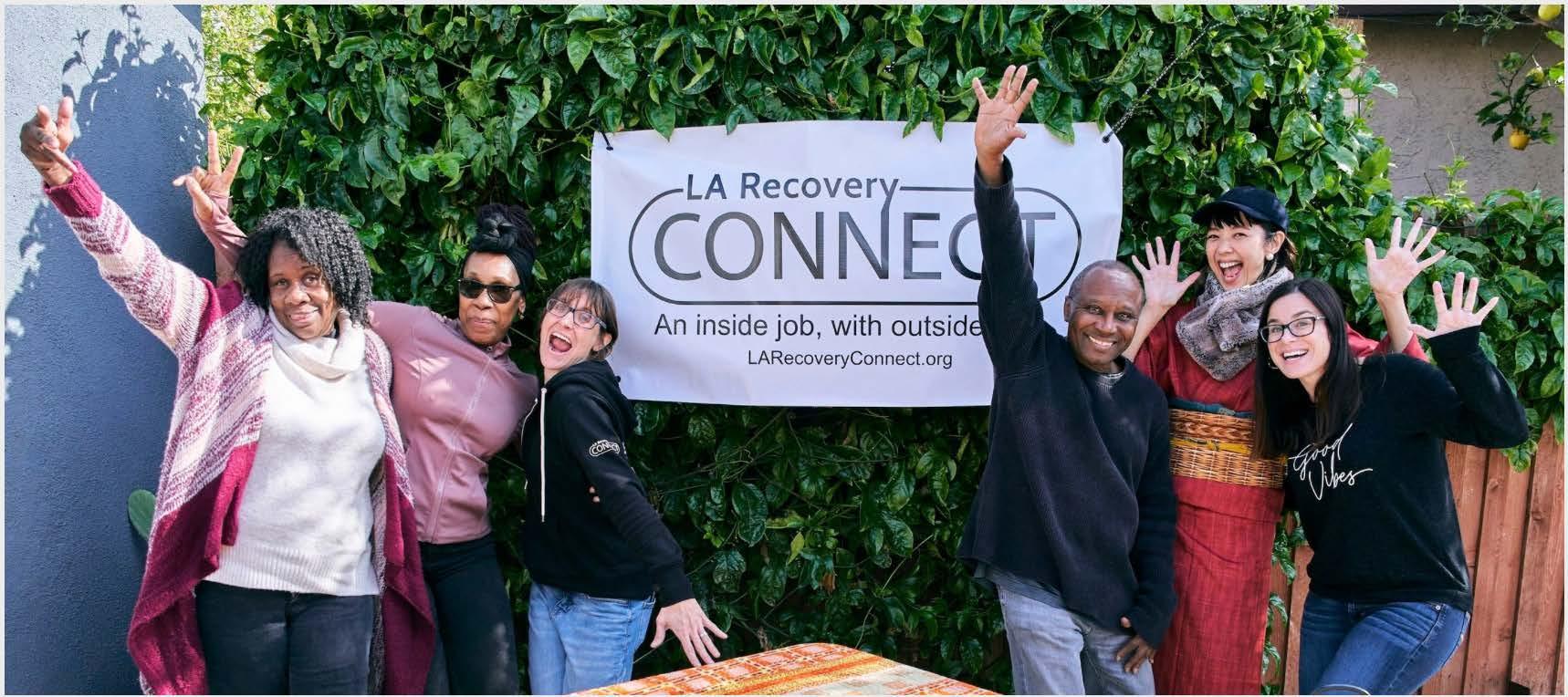
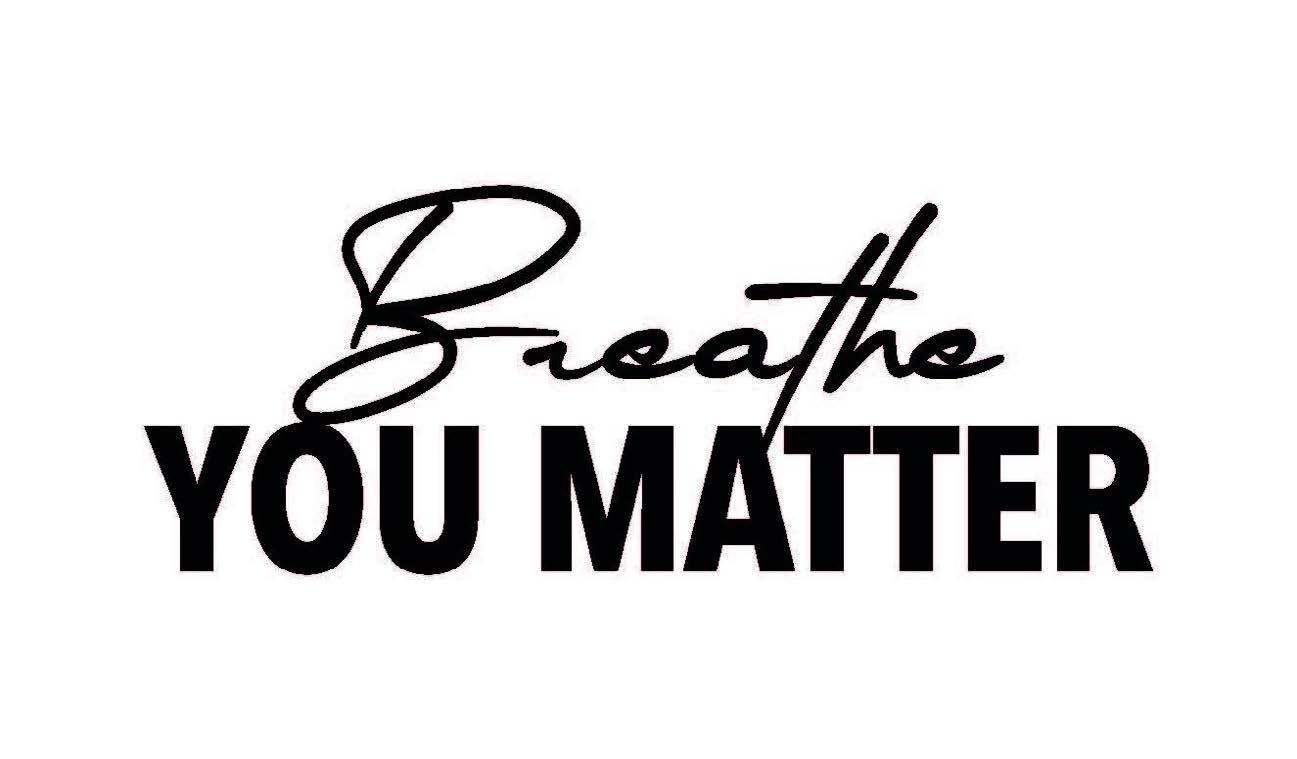




“Adult Gaming as Therapy”
In an era where anxiety levels continue to rise, adults are discovering an unexpected ally in their battle against stress: video games. While gaming is often dismissed as mere entertainment, research increasingly supports its potential as a therapeutic tool for managing anxiety and promoting mental wellness.
Strategic gaming engages the mind in ways that naturally counter anxiety’s grip. When immersed in a game that requires tactical thinking and problem-solving, the brain shifts focus from worry-inducing thoughts to immediate, manageable challenges. This cognitive redirection acts as a form of mindfulness, anchoring players in the present moment rather than future uncertainties.
Puzzle games and strategy titles, in particular, offer a controlled environment where players can experience stress in

small, manageable doses. The process of working through challenging game scenarios helps build resilience and coping mechanisms that transfer to real-world situations. Studies show that regular gaming sessions can lower cortisol levels and promote the release of mood-enhancing neurotransmitters.
The social aspects of multiplayer games provide additional therapeutic benefits. Online gaming communities offer connection and support, crucial elements in anxiety management. Cooperative gameplay fosters teamwork and communication skills while creating a sense of accomplishment and belonging.
Most importantly, gaming provides a structured escape that doesn’t feel like traditional therapy. The playful nature of games makes them an accessible and enjoyable form of self-care. Whether it’s fifteen minutes of casual puzzlesolving or an hour of immersive strategy gaming, these digital experiences offer valuable stress relief tools for adults navigating modern life’s challenges.
Remember: like any therapeutic tool, gaming is most effective when part of a balanced wellness routine, complementing rather than replacing other stress management strategies.




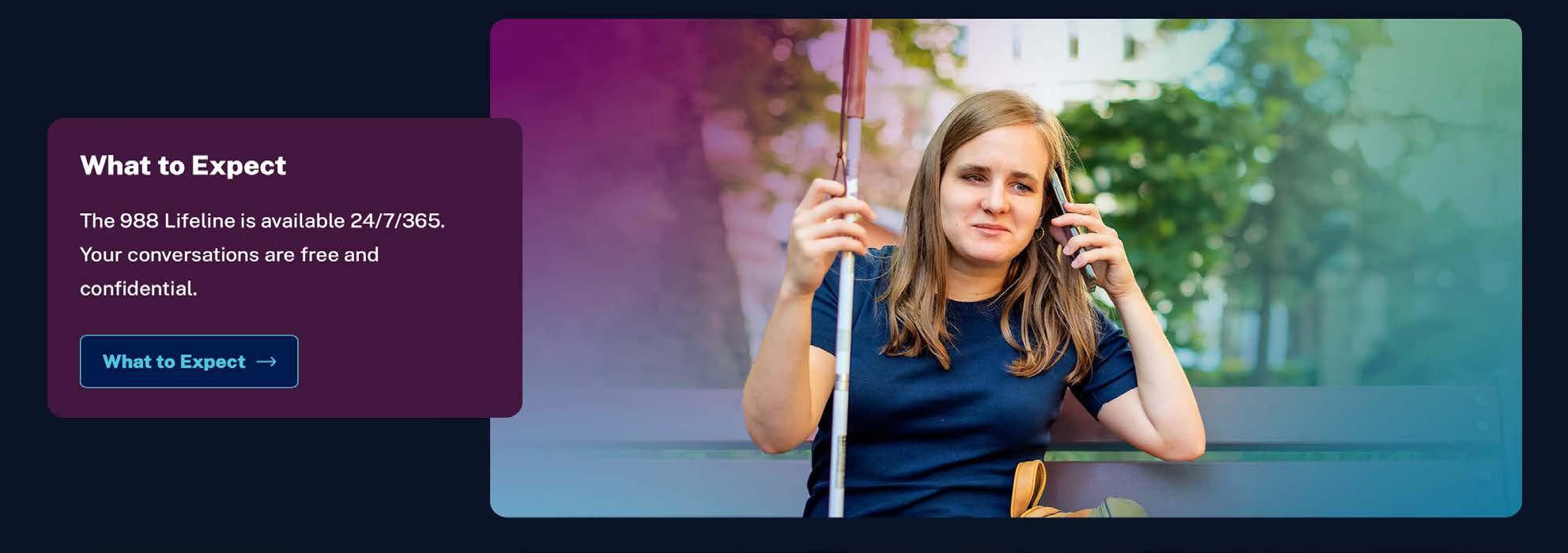

“Being There for Others While MaintainingBoundaries”
In a world where everyone seems to be talking but few are truly listening, mastering the art of active listening has become more crucial than ever. This valuable skill not only strengthens relationships but also creates spaces where people feel heard, understood, and supported. However, being an effective listener while protecting your own emotional wellbeing requires striking a delicate balance.
Active listening goes far beyond simply hearing words. It involves fully engaging with the speaker, processing their message, and responding thoughtfully. When someone shares their thoughts or struggles, maintaining eye contact, offering occasional nods, and providing brief verbal acknowledgments shows you’re fully present. These subtle cues encourage open communication and help build trust.
However, being a good listener doesn’t mean becoming an emotional sponge or neglecting your own needs. Setting healthy boundaries is essential for sustainable support. This might involve designating specific times for deep conversations, being honest about your emotional capacity, or redirecting someone to professional help when appropriate. Remember that saying “I care about you, but I’m not in the right headspace to have this conversation right now” isn’t selfish –it’s responsible self-care.
Practical techniques can help balance empathy with boundaries. Try using phrases like “I hear that you’re feeling...” to demonstrate understanding without taking on others’ emotions. When conversations become overwhelming, it’s okay to take breaks or suggest continuing the discussion later. Professional counselors often use these strategies

to maintain emotional stability while supporting others.
The most effective listeners know that their role isn’t to fix every problem. Sometimes, people simply need someone to witness their experience without judgment or immediate solutions. By mastering active listening while honoring personal boundaries, you can create meaningful connections that enrich both your life and the lives of others – all while maintaining your own emotional wellbeing.

“I Care About You”
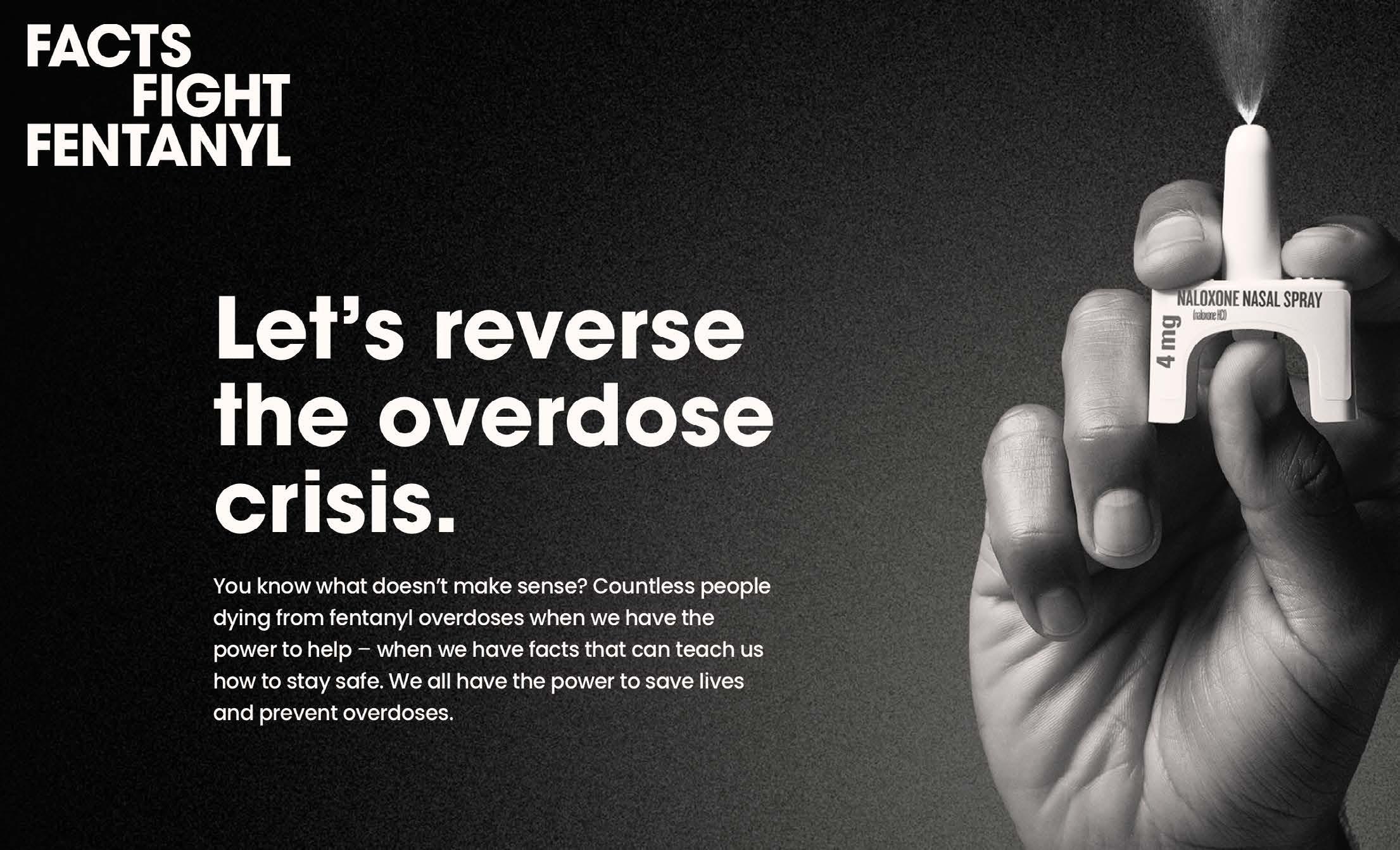
In response to the growing opioid crisis affecting young people, Schrank’s Clubhouse has announced plans to establish a comprehensive Youth Substance Abuse Prevention and Recovery Program. The initiative aims to address the urgent need for youthfocused addiction services in the community, with a particular emphasis on combating opioid addiction among adolescents and young adults.
The program will integrate peer support networks with professional services, creating a unique model that combines evidence-based treatment approaches with the power of community engagement. “Young people facing addiction need to know they’re not alone,” says the program director. “Our clubhouse model provides a safe, supportive environment where youth can find hope and healing among peers who understand their struggles.”
Key components of the program include prevention education in schools, early intervention services, peer recovery support groups, and family counseling. The clubhouse will also offer specialized training for community members to recognize
early warning signs of substance abuse and provide appropriate intervention strategies.
A distinctive feature of the initiative is its focus on youth leadership, incorporating young people in recovery into program development and implementation. This peer-to-peer approach helps break down stigma and creates relatable role models for those seeking help.
The program will also include harm reduction strategies specifically designed for opioid use, including Naloxone training and distribution, fentanyl testing, and emergency response education. Launch is scheduled for early next year, with plans to serve hundreds of young people annually through various prevention and recovery services.
For more information about the program or to get involved, community members can contact Schrank’s Clubhouse directly. www.gsclubhouse.org


“Building
In an era where digital connections often overshadow face-to-face interactions, the concept of community care circles has emerged as a powerful antidote to social isolation. These intentional support networks combine the wisdom of traditional community structures with modern approaches to mutual aid and emotional support.
At their core, community care circles are small groups of individuals who commit to supporting each other through life’s challenges and celebrations. Unlike professional support services, these circles operate on the principle of reciprocity – everyone both gives and receives support, creating a sustainable ecosystem of care.


Starting a care circle begins with identifying your core group. The ideal size typically ranges from 6-12 people, allowing for intimate connections while maintaining enough diversity of perspectives and resources. Look for individuals who share similar values but bring different strengths and experiences to the group. This diversity ensures the circle can address various needs, from emotional support to practical assistance.
Structure plays a crucial role in maintaining effective care circles. Regular meetings, whether weekly or monthly, provide consistency and help build trust among members. These gatherings can alternate between structured discussions about specific challenges and more informal check-ins. Many successful circles establish clear communication guidelines and boundaries, ensuring everyone feels safe sharing vulnerable experiences.
The power of care circles lies in their flexibility. Support can take many forms: emotional validation during difficult times, practical help with daily tasks, resource sharing, or simply creating space for authentic connection. Members might cook meals for someone dealing with illness, offer childcare during emergencies, or provide a listening ear during personal struggles.
Technology can enhance these support networks without replacing their essential human element. Digital tools can help coordinate assistance, schedule meetings, and maintain connection between gatherings. However, the focus remains on fostering genuine, face-to-face relationships.
As these circles mature, they often develop their own rituals and traditions. These might include celebrating milestones, marking transitions, or holding space for grief and healing. These shared experiences strengthen bonds and create a sense of belonging that extends beyond immediate crisis support.
Building a community care circle requires patience, commitment, and intentionality. Yet the rewards – deeper connections, increased resilience, and a reliable support system – make it a worthwhile investment in both individual and collective wellbeing.






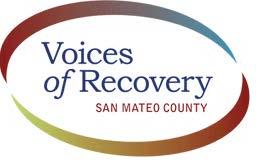
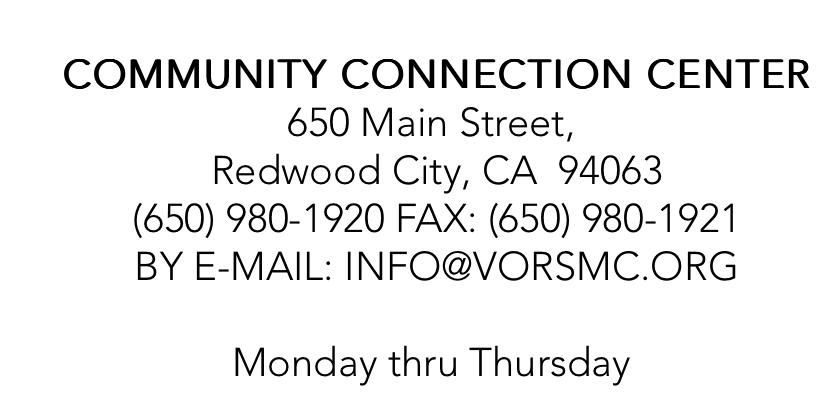


Recent advances in technology and neuroscience have revolutionized how we approach stress management, offering promising new tools for those seeking relief from daily pressures. These innovations range from sophisticated wearable devices to groundbreaking therapeutic approaches, all designed to help people better manage their mental well-being.
Digital therapeutics have emerged as a particularly effective frontier in stress reduction. Advanced biofeedback devices now provide real-time data about physiological stress indicators, including heart rate variability, skin conductance, and breathing patterns. These metrics help users understand their stress triggers and responses, enabling more effective self-regulation. Some devices gently

vibrate to guide breathing exercises or provide haptic feedback to promote relaxation, making stress management more intuitive and accessible.
Virtual reality (VR) technology has also made significant strides in stress reduction applications. Immersive environments designed for meditation and mindfulness practice can transport users to serene natural settings or guided visualization experiences. Research indicates that VR-based relaxation exercises can significantly lower cortisol levels and reduce perceived stress within minutes of use.
Smart phone applications have evolved beyond simple meditation timers to incorporate artificial intelligence that adapts to users’ stress patterns and preferences. These apps analyze voice patterns, typing speed, and daily routines to identify potential stress triggers and suggest personalized interventions before stress escalates. Some applications even integrate with smart home systems to automatically adjust lighting, temperature, and ambient sound to promote relaxation during high-stress periods.
In the workplace, innovative architectural designs now incorporate biophilic elements – natural materials, living walls, and dynamic lighting systems that mimic natural daylight patterns. These environmental innovations help regulate circadian rhythms and reduce workplace stress while improving productivity and employee well-being.

Neuroscience research has led to the development of new sound therapy techniques that utilize specific frequencies to induce calming brain states. These acoustic innovations range from personalized sound landscapes to frequency-modulated music that synchronizes with brainwave patterns to promote relaxation.
As stress continues to impact global health and productivity, these innovations represent important steps toward more effective stress management solutions. By combining traditional relaxation techniques with cutting-edge technology, these tools are making stress reduction more accessible, measurable, and effective for people worldwide.


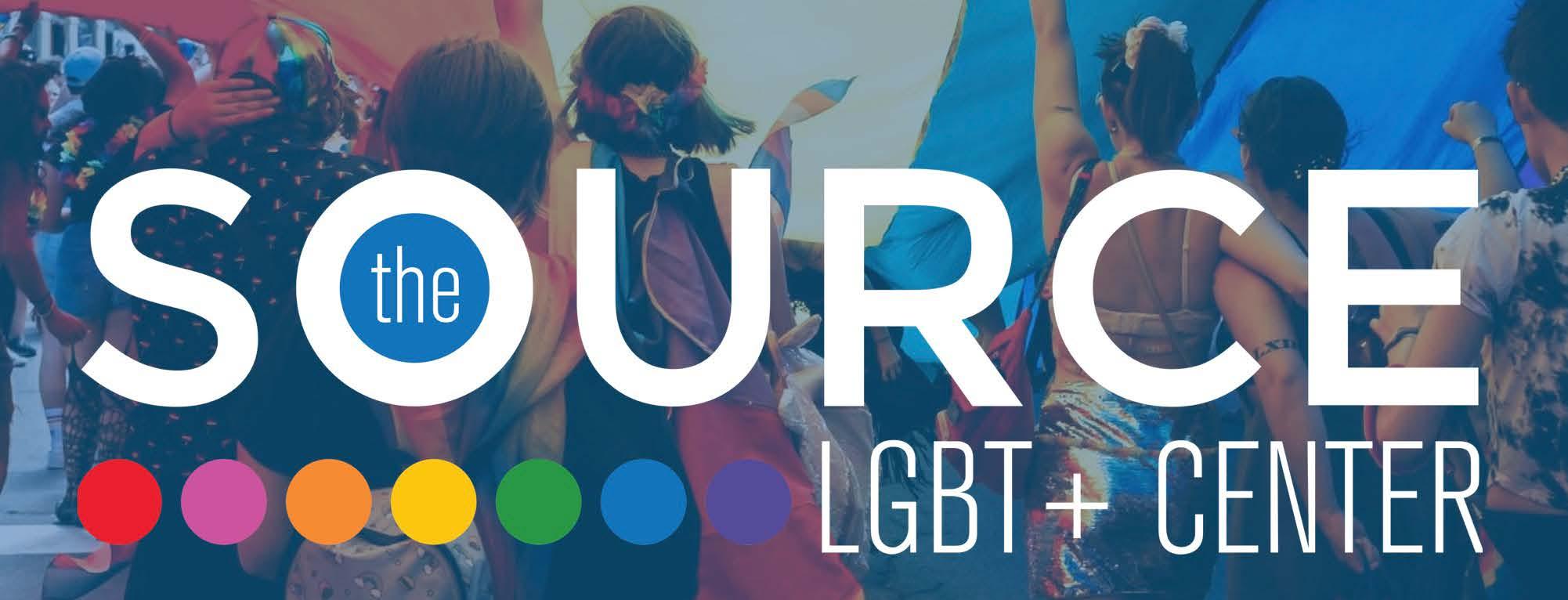
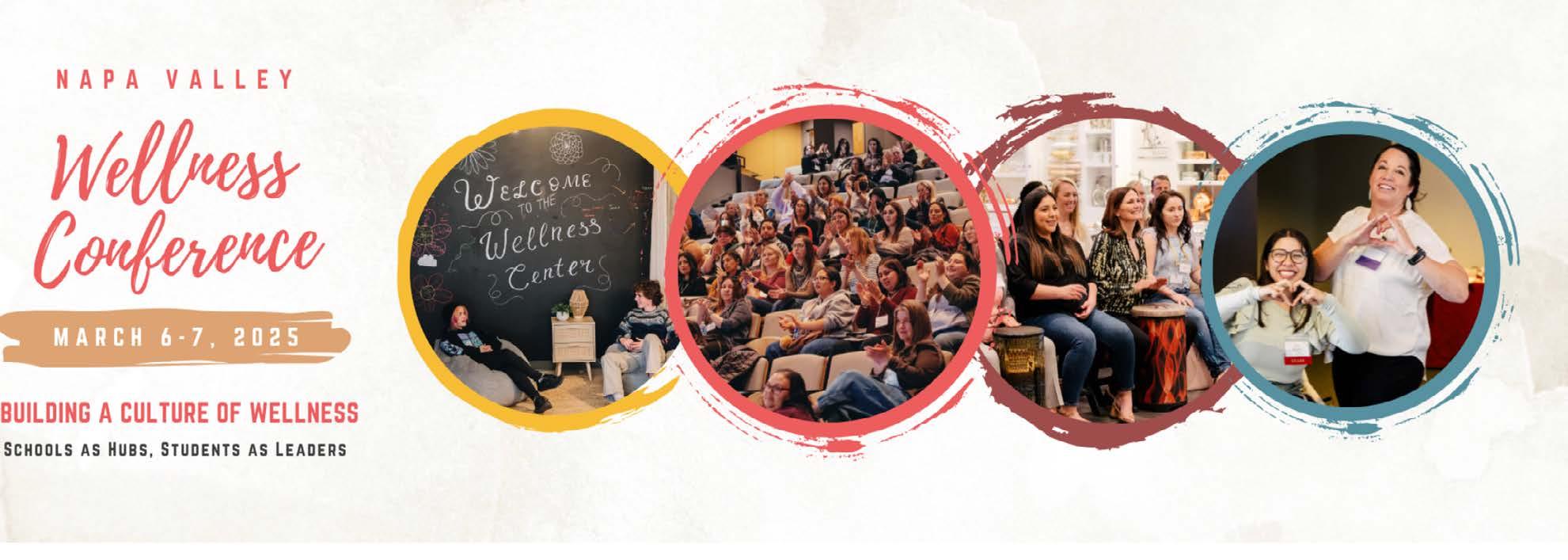
https://www.nvef.org/wellness-conference/

https://www.schoolhealthcenters.org/about-us/conference/



https://www.peerworks.ca/news-events/events/other-events/peer-support-strong-conference

“Finding Peace Through Solo Dance Therapy”
When stress builds and tensions run high, one of the most accessible and effective forms of relief might surprise you: dancing alone. Solo dance therapy, or what some practitioners playfully call “movement medicine,” offers a unique blend of physical exercise, emotional release, and mindful meditation—all wrapped in the joy of uninhibited movement.
Unlike structured dance classes or choreographed routines, solo dance therapy encourages practitioners to move intuitively, responding to both music and their inner emotional landscape. The beauty of this practice lies in its complete freedom from judgment. Behind closed doors, there’s no need to worry about rhythm, technique, or appearance—only the authentic expression of whatever
you’re feeling in the moment. The science behind this practice is compelling. Dancing triggers the release of endorphins and serotonin, the body’s natural mood elevators, while the physical activity helps reduce cortisol levels. The meditative aspect of moving to music can also activate the parasympathetic nervous system, promoting relaxation and stress relief.
Starting your own movement medicine practice is remarkably simple. Choose music that resonates with your current emotional state, clear some space, and let your body lead the way. Some days might call for gentle swaying; others might demand wild, cathartic movements. The key is following your instincts and allowing yourself to express without restriction.
Regular practitioners report improved mood, reduced anxiety, better sleep, and a deeper connection with their emotional well-being. In a world where we often disconnect from our bodies while managing stress, solo dance therapy offers a path back to ourselves—one movement at a time.









“Beyond the Valentines Day Hype”
As February 14th approaches, many find themselves caught in the commercial whirlwind of heartshaped chocolates and romantic expectations. Yet beneath the manufactured romance lies an opportunity to reimagine Valentine’s Day as something more profound: a celebration of love in all its forms, beginning with self-love.
Traditional Valentine’s Day narratives often suggest that romantic partnership is the ultimate validation of one’s worth. However, a growing movement is challenging this narrow perspective, encouraging people to cultivate a deeper relationship with themselves first. This shift reflects a broader cultural
awakening to the importance of emotional well-being and personal growth.
The self-love revolution isn’t about rejecting romantic love – rather, it’s about expanding our understanding of what love can be. It acknowledges that the foundation for meaningful connections with others begins with how we treat ourselves. This might mean setting healthy boundaries, practicing self-compassion, or simply taking time for personal development without feeling guilty. Increasingly, people are marking Valentine’s Day with self-care rituals that honor their individual journey. From solo dates to personal growth workshops, these celebrations
recognize that being alone doesn’t equal loneliness. Instead, solitude can be a powerful space for self-discovery and renewal. This reimagining of Valentine’s Day also creates room for celebrating platonic love, family bonds, and community connections. Friend groups organize “Galentine’s Day” gatherings, families plan special outings, and communities host inclusive events that welcome everyone, regardless of relationship status. The movement has particular resonance in our digital age, where social media often amplifies feelings of inadequacy and comparison. By embracing self-love, individuals can build resilience against these external pressures and develop a more authentic sense of self-worth.
As we approach Valentine’s Day, consider how you might expand your celebration beyond traditional romantic narratives. Perhaps it’s time to write yourself a love letter, invest in a long-desired personal project, or gather loved ones for a celebration that honors all forms of connection. After all, the most enduring relationship we’ll ever have is with ourselves –and that’s something worth celebrating.






“Growing Together Through Shared Health Goals”

When two people commit to improving their health together, they often discover that shared wellness goals can strengthen not only their bodies but also their relationship. The journey toward better health becomes more meaningful and sustainable when undertaken as a team, creating opportunities for deeper connection and mutual support. Setting joint wellness objectives encourages accountability while fostering a supportive environment where both partners can thrive. Whether it’s preparing nutritious meals together, becoming workout buddies, or practicing stress-reduction techniques as a pair, shared health activities create valuable opportunities for quality time and shared experiences. The key to successful partner wellness lies in understanding and respecting each other’s individual needs while working toward common goals. One partner might be focused on building strength, while the other aims to
improve flexibility – these different objectives can complement each other perfectly in a shared wellness routine. Couples can alternate between each other’s preferred activities, trying new things together and expanding their fitness horizons.
Communication plays a vital role in this shared journey. Regular checkins about progress, challenges, and adjustments needed help maintain momentum and ensure both partners feel heard and supported. Celebrating small victories together – whether it’s completing a challenging workout, maintaining a consistent meditation practice, or reaching a nutrition milestone – reinforces the bond between partners and maintains motivation. Beyond physical health, partner wellness extends to mental and emotional well-being. Practicing mindfulness together, supporting each other through stress, and creating healthy boundaries around work and relaxation time can significantly improve both individual and relationship health. Partners who prioritize wellness together often report feeling more connected, understanding, and in tune with each other’s needs.
Remember that progress isn’t always linear, and setbacks are natural. The beauty of partner wellness lies in having someone by your side through both achievements and challenges. By approaching health and wellness as a team effort, couples can build stronger bodies, minds, and relationships – creating a foundation for lasting health that benefits both partners individually and as a unit.









Welcoming and understanding neurodiversity within a family creates opportunities for growth, learning, and deeper connections that benefit all members. When families embrace neurodivergent traits – whether autism, ADHD, dyslexia, or other neurological differences – they develop a richer appreciation for diverse ways of thinking and experiencing the world. One of the most significant benefits of neurodiversity in families is the development of enhanced communication skills. Parents and siblings learn to adapt their communication styles, becoming more precise and deliberate in their expressions. This improvement in communication often extends beyond the family unit, making everyone more effective communicators in their broader social circles and professional lives.
Neurodivergent family members often bring unique perspectives and problem-solving approaches that can benefit the entire household. For example, a family member with autism might excel at noticing patterns and details that others miss, while someone with ADHD might offer creative solutions and spontaneous ideas that spark innovation in family projects or daily routines.
Families embracing neurodiversity typically develop stronger empathy and acceptance. Siblings growing up in neurodiverse households often become more compassionate and understanding individuals, developing natural advocacy skills and a deeper appreciation for human differences. These qualities serve them well throughout their lives, making them more effective

leaders, friends, and community members.
The presence of neurodiversity in a family can also lead to more flexible and accommodating household structures. Families often discover that adaptations made for one member – such as clear routines, visual schedules, or sensory-friendly spaces – actually benefit everyone, creating a more organized and comfortable living environment. Perhaps most importantly, embracing neurodiversity helps build stronger family bonds. When each family member feels accepted and valued for their unique traits and contributions, it creates a supportive environment where everyone can thrive. This acceptance helps neurodivergent family members develop selfconfidence and self-advocacy skills,
while neurotypical members learn valuable lessons about inclusion and the many ways humans can experience and interact with the world.
Understanding and celebrating neurodiversity within families contributes to a more inclusive society. As these families share their experiences and advocate for understanding, they help create communities that recognize and appreciate the value of neurological differences, making the world more accepting and accessible for everyone. In embracing neurodiversity, families don’t just adapt – they flourish, creating environments where differences are celebrated as strengths and where every member can reach their full potential.


https://paintedbrain.org





“How
The concept of love languages, first introduced by Dr. Gary Chapman, has traditionally been applied to romantic relationships. However, emerging research suggests that understanding these communication preferences can significantly impact our overall health and wellness journey. By recognizing how we and others prefer to give and receive care, we can create more effective support systems and improve our physical and emotional well-being.
The five love languages – words of affirmation, acts of service, physical touch, quality time, and gifts – manifest uniquely in wellness contexts. For instance, someone whose primary love language is words of affirmation might respond better to verbal encouragement during workouts or positive reinforcement from their healthcare providers.
Meanwhile, those who value acts of service might find meal preparation assistance or scheduling support more meaningful in their health journey.
Physical touch practitioners might benefit more from handson approaches to wellness, such as massage therapy or guided stretching sessions. Those prioritizing quality time may achieve better health outcomes through partner workouts or extended consultations with their healthcare providers. Gift-oriented individuals might find motivation in reward-based wellness programs or tangible tools that support their health goals.
Understanding these communication preferences can revolutionize healthcare delivery. Medical professionals who adapt their
approach to match patients’ love languages often report better compliance with treatment plans and improved patient satisfaction. For example, a doctor might spend extra time explaining procedures to a quality time-oriented patient or provide written affirmations and progress tracking for those who respond to words of affirmation.
In mental health settings, therapists increasingly incorporate love language awareness into their practice. This approach helps clients build more effective selfcare routines and stronger support networks. It also enables family members and caregivers to provide more meaningful assistance during health challenges.
The application of love languages to wellness extends beyond individual
health management to community health initiatives. Public health programs that accommodate different communication styles often see higher engagement rates and better outcomes. This personalized approach to health communication helps bridge gaps in healthcare delivery and promotes more inclusive wellness practices.
As we continue to explore the intersection of communication styles and health, it becomes clear that personalizing our approach to wellness through the lens of love languages can lead to more sustainable and effective health outcomes. This understanding not only improves individual well-being but also strengthens the foundation of healthcare delivery systems.

Monday’s
12pm- CODA- Co- Dependants Anonymous Zoom ID 860-178-7830
5pm- RI- Recovery International- Anxiety, Depression, Zoom ID 879-8572-6335
5:30pm- Emotions Anonymous Zoom ID 875-7127-3675
6:30pm- Christ Centered Codependency “Tough Love” Zoom ID 897-7573-5087
7pm- Sex and Love Addicts Anonymous Zoom ID 879-0541-7524
7:15pm- AA (Spanish) Zoom ID 825 3584 0376 pswd 011195
10am RAP Recovery Action Planning Zoom ID 834-8422-0728

2pm Anger Release- Adult Children of Alcoholics Zoom ID 863-9060-2690
2pm- RI Better Mental Health: anxiety, depression Zoom ID 89054174921
4pm- UA- Underearners Anonymous “Job Focus” Zoom ID 823 7678-7204
Wednesday’s
12pm Al-Anon- Lunchtime Book Study Zoom ID 886-6312-2599
2pm RI Caregiver Support Zoom ID 850-3520-7116
6pm NA Narcotics Anonymous Zoom ID 833-3912-9769

5:30pm EDA (Eating Disorder Anonymous) Zoom 838-7965-1038 pswd Solution
7pm- PFLAG (Parents, Family, and Friends of LGTBQ+ (3rd Wednesday of month
Zoom ID 892-6962-3115 pswd- pflagla.org
Thursday’s
7:30am Adult Children of Alcoholics (Step Study) Zoom ID 867-9175-4083
12pm- Debtors Anonymous Anonymous (UA Tools Study) Zoom ID 864-6592-7238
12pm- Overeaters Anonymous (Write Thinking Meeting) Zoom ID 876-8690-1985
1pm- RI Mental Health, Anxiety, Depression, Anger Zoom ID 842-8801-1173
2pm- Surviors of Sex Trafficking Zoom ID 856 3188-9138
( 2nd and Last Thursday of Month)
4pm- NA Narcotics Anonymous Zoom ID 874-0590-0291
8pm- CoDA Co-Dependents Anonymous Zoom ID 846-5446-8129
Friday’s
1:30pm- MoMo Meetings (Trauma Informed) Zoom ID 845-4082-6590
5:30pm- Revive Prayer Group Zoom ID 844-4317-7979
6pm- RI Better Mental Health Zoom ID 884-8442-4169
7:30pm AA Alcoholics Anonymous Zoom ID 846-8470-7396

Saturday’s
9:30am- AA Alcoholics Anonymous Zoom ID 879-9083-4497
1pm- RI Better Mental Health Zoom ID 849-9637-9153
3:30pm Sex and Love Addicts Anonymous Zoom ID 860-3261-6621
7pm- Get Out of Stuck (For people who have time in Recovery, but are not advancing because of persistent bad habits) Zoom ID 860-0763-6223

